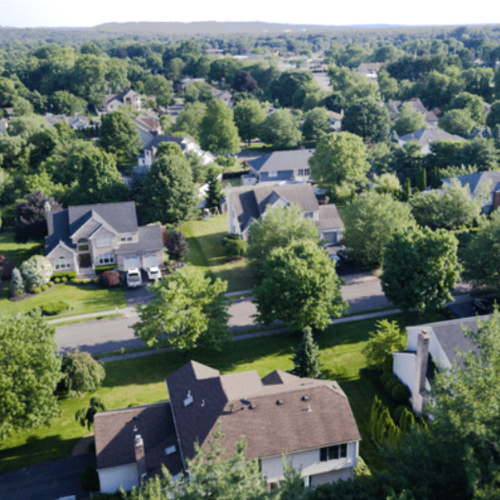San Diego Real Estate Market Update – July 2025
The U.S. economy and the San Diego real estate market are both navigating a challenging landscape in 2025. Inflation continues to push prices higher, mortgage rates remain elevated, and affordability across California, including San Diego, is still near historic lows. Yet, despite these headwinds, consumer spending is strong and small business confidence is improving. Here’s what San Diego homebuyers and sellers need to know.
San Diego Housing Affordability: Still a Major Hurdle
Housing affordability across California, including San Diego County, remains near its cyclical low. The statewide Housing Affordability Index (HAI) fell to 15 percent in the second quarter of 2025, down from the prior quarter but slightly better than the same time last year.
For context, a buyer purchasing a median-priced home in California now needs an annual income of around $232,400 to cover a monthly mortgage payment of $5,810 at a 6.90 percent fixed interest rate. While that’s a modest improvement from last year’s record highs, affordability challenges remain a major barrier for many San Diego homebuyers.
Mortgage rates have eased slightly compared to last year but remain high enough to keep borrowing costs near their peak. With further rate fluctuations expected in the third quarter, affordability in San Diego real estate is not likely to see much near-term relief.
Inflation Remains Sticky
Inflation is proving difficult to tame. The Consumer Price Index (CPI) rose 0.2 percent from June and is up 2.7 percent year-over-year. Core inflation, which excludes food and energy, climbed 3.1 percent — the highest level since February.
Airline fares, medical services, and transportation costs jumped in July, while tariff-sensitive goods such as furniture and footwear also saw price hikes. On the wholesale side, the Producer Price Index (PPI) spiked 0.9 percent, signaling continued upward pressure on consumer costs.
For San Diego households already facing steep housing expenses, rising everyday costs further stretch budgets, making the dream of homeownership even harder to reach.
Consumer Spending Stays Strong
Despite inflation concerns, U.S. retail sales rose 0.5 percent in July after a strong June. Car sales led the way, while furniture and sporting goods also showed gains. Amazon’s extended four-day Prime Day event gave an additional boost, encouraging shoppers to spend more than usual.
While some of the growth reflects higher prices rather than more items sold, the data shows consumers are still active. For San Diego real estate, this resilience in spending signals that while buyers are cautious, demand for housing remains steady when affordability aligns with incomes.
Small Business Optimism Rises
The NFIB Small Business Optimism Index climbed to 100.3 in July, surpassing its long-term average. More business owners reported improved conditions, supported by strong stock market performance and new legislation.
However, uncertainty lingers. Inflation is still the top concern for many business owners, and most plan to raise prices in the months ahead. This trend will continue to impact San Diego homebuyers, who must navigate both higher consumer costs and rising home prices.
The “Lock-In Effect” and San Diego Sellers
Elevated mortgage rates have created a “lock-in effect” for homeowners across the country. In early 2025, more than 80 percent of outstanding mortgages carried rates below 6 percent, with a significant share locked in at 3 to 4 percent.
For San Diego sellers, this means many homeowners are reluctant to list their properties, since selling would require taking on a higher mortgage rate. This keeps inventory tight in the San Diego real estate market, limiting options for buyers and supporting higher home prices despite affordability concerns.
Key Takeaways for San Diego Homebuyers and Sellers
For buyers: Affordability remains one of the biggest challenges, but opportunities do exist in today’s San Diego housing market, especially if mortgage rates fluctuate downward in the coming months.
For sellers: Low inventory continues to work in your favor. With fewer homes available, well-priced listings in desirable neighborhoods are still attracting strong interest.
For investors: The resilience of consumer spending and small business confidence suggests long-term strength, but inflation and interest rates will remain key factors to watch.
Final Thoughts
The San Diego real estate market is balancing resilience with ongoing affordability challenges. While inflation and high mortgage rates weigh heavily on buyers, strong consumer spending and limited housing supply continue to support home values.
For anyone considering buying or selling a home in San Diego, staying ahead of these economic and market trends is crucial. Working with a trusted San Diego real estate expert can help you navigate today’s market and position you for success.



